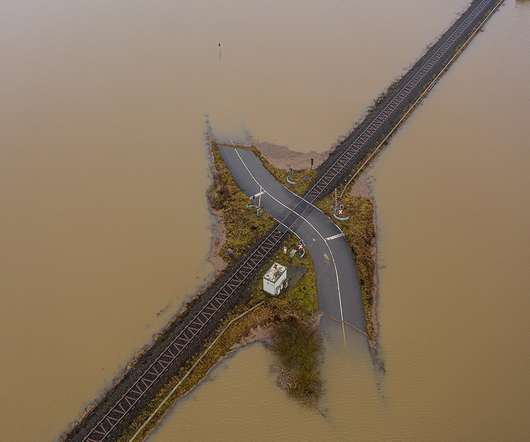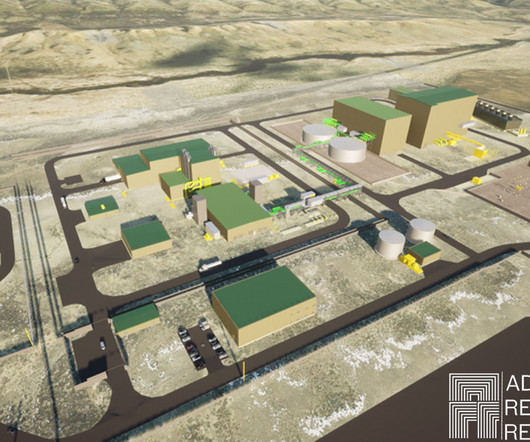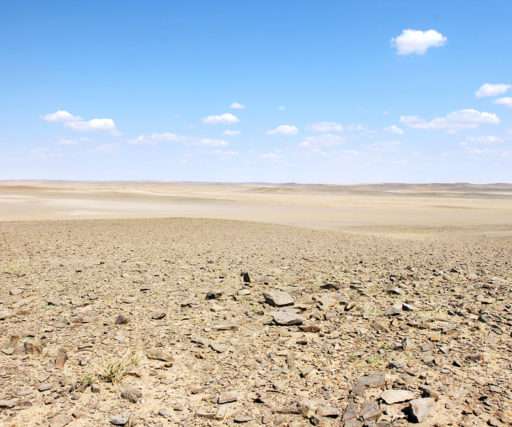Getting physical with the climate crisis
Physics World
OCTOBER 6, 2021
Extreme heat is not just an abstract notion: if we can’t cool our bodies enough, we’re in danger of neurological failure, organ failure and even death, with the risks highest for children and the elderly. Overall, cement accounts for 3% of the world’s carbon emissions. Where are they most likely? Wood you believe?













Let's personalize your content